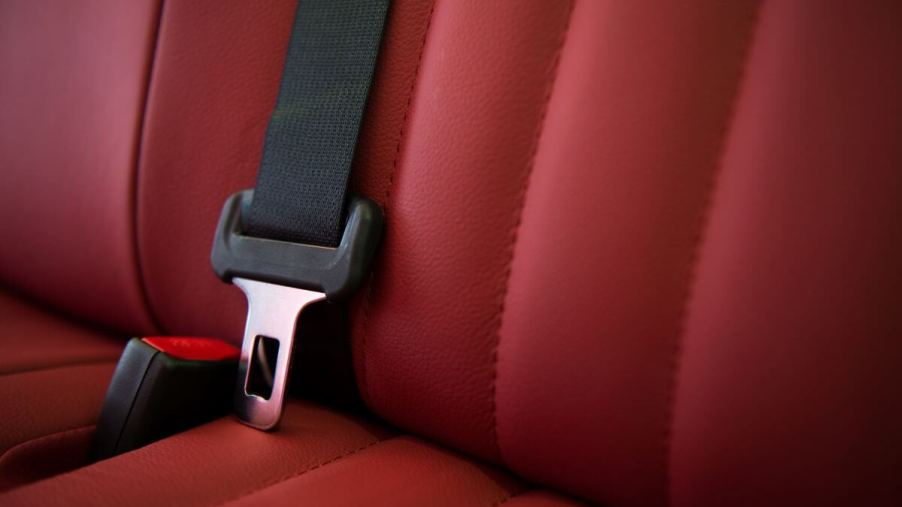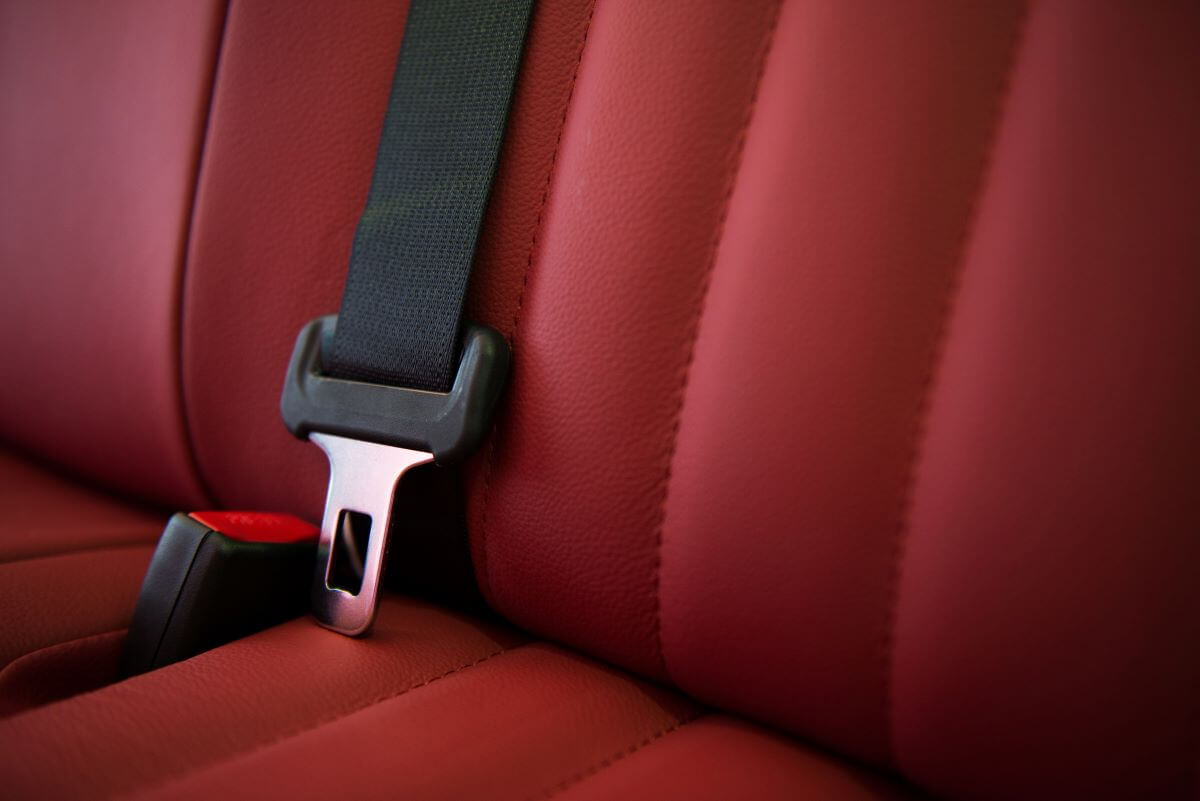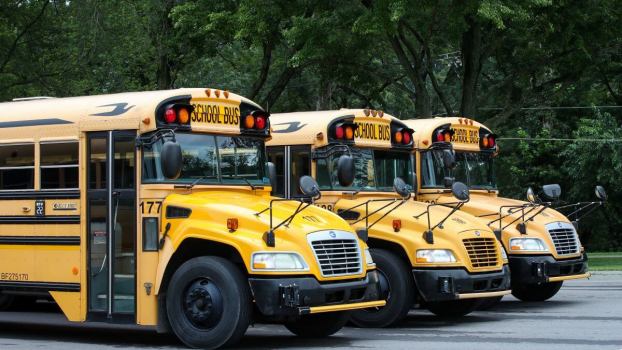
4 Seat Belt Myths vs. The Truth, According to the NHTSA
Nobody truly loves wearing seat belts, but there is plenty of data backing up claims that we should slip them on. Despite this, several myths about car safety and wearing seat belts continue to spread. Here’s the truth behind some of the most common rumors.
NHTSA seat belt facts

When determining facts from myths, it’s important to check out the data. In this case, the NHTSA has years of data proving that seat belts save lives.
For example, in 2017, seat belts were responsible for saving an estimated 14,955 lives. Tragically, 2,549 individuals would still be alive today if they had taken the few seconds required to slip on their seat belts.
In 2020, 58% of individuals killed while driving at night weren’t wearing a seatbelt. Another estimate reports that 23,824 individuals were killed in wrecks. Out of this number, 51% weren’t wearing a seatbelt.
Further research reveals that fatal injuries can be reduced by 45% for passengers in the front seat who buckle up. Moderate to critical injuries are reduced by 50%. Those who ride in light trucks reduce their risks of fatal injury by 60% and moderate to critical injuries by 65%.
Even though the facts are very clear, some misconceptions are still being spread, which we’ll try to clarify.
1. Airbags are good enough
Has anyone ever told you they don’t need to wear a seat belt because the car has airbags? While it’s true that airbags can protect you in a wreck, these are meant to be used in conjunction with seat belts and not on their own.
You must consider how airbags work to understand why this myth is false. In the event of a wreck, nitrogen gas is ignited to inflate the airbag rapidly. On top of a crash, you have yet another object headed toward you at breakneck speeds.
If you are a safe distance away, the airbag acts as a cushion, which is the whole purpose behind it. If you aren’t wearing a seat belt, you could potentially be flung around the car and be struck by the airbag. This could lead to even more injuries, hence why you should still wear a seatbelt.
2. Seat belts can hurt you in the event of a crash
This is true, but you must take this with a grain of salt. The science behind this is that anything in a car can hurt you in a wreck. However, seat belts are worth it because the risk of being harmed is far outweighed by your seat belt, which can save you from more severe injuries or death.
3. Seat belts can trap you underwater or in a fire
This is a myth. While it’s easy to see how this could happen, since Hollywood loves to sneak this into various TV shows and movies, it’s false.
The statistics show that people who drown or die by fire in a vehicle are half of 1%. In other words, there’s a 99.5% chance that it will never happen. Additionally, when it does, it’s because the individual is knocked unconscious and can’t physically escape. In fact, your seat belt significantly increases your chances of remaining conscious. Hence your chances of escaping are increased.
4. ‘I don’t need to wear a seatbelt because we aren’t going that far’
This is false. The NHTSA reports that most wrecks resulting from death are around 25 miles from the occupants’ home, and the vehicle was moving less than 40 mph. That may not feel very fast while traveling in a car, but the human body is not designed to handle impact at those speeds, even if they seem slow compared to the highway.
Wearing a seatbelt may feel like a pain, but putting it on is less painful than ending up injured or killed in the event of a wreck.



